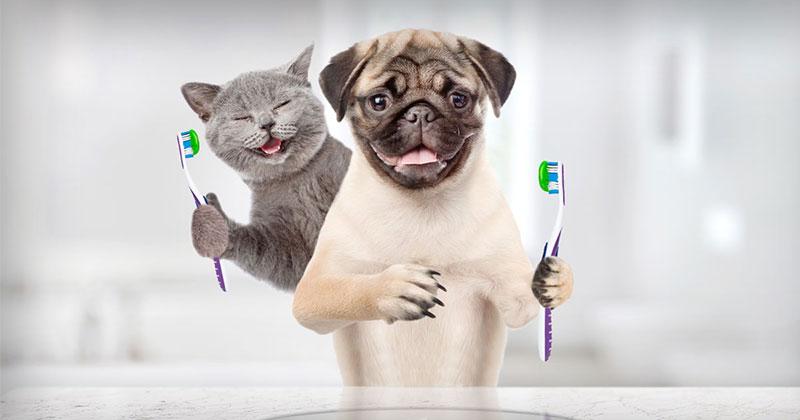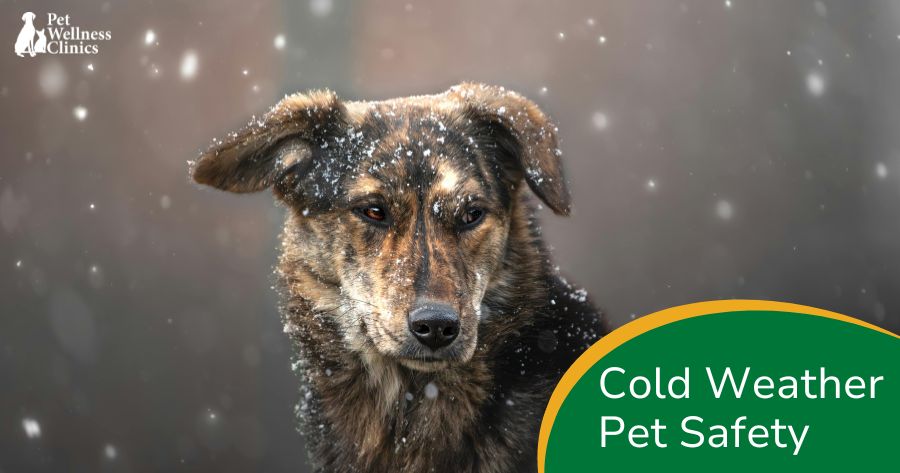
Preventing and Saving on the Cost of Dental Disease
Dental disease is the most untreated condition in cats and dogs, affecting eight out of 10 pets.
A large percentage — 70-85% — of all dogs and cats older than two years of age have some degree of periodontal disease. Not only does periodontal disease affect the mouth, but it also compromises the kidneys, heart and liver.
Here are some signs of dental disease to keep in mind:
Nearly two-thirds of pet owners don’t provide the dental care that veterinarians recommend. Don’t add to that statistic. Take advantage of our Dental Cleaning Special and save big with a Pet Prime™ Membership. (This deal is valid through the end of the month.) Ask about this at your next appointment or by calling 317-516-5921.
Why Your Pet Needs to Visit the Dentist Too
Pets need regular visits to the dentist just like their owners do. Plus, although home care is the first line of defense when it comes to oral health, some animals (especially cats) are resistant to their owners brushing their teeth.
Discuss how often you should come in for regular cleanings as well as a home hygiene regimen with your veterinarian. This will prevent dental issues from progressing to larger (and potentially deadly) internal issues.
Here are a few of the many benefits of regular cleanings as well as information about what this procedure involves:
We will make sure your pet’s teeth are clean and shining bright! Caring for your pet with regular cleanings now will save you money in the future. In 2013, VPI Pet Insurance priced the cost of treatment for dental diseases at more than $530 on average. Our prices for regular cleanings are much less!
At-Home Care to Combat Tartar and Bad Breath
Don’t ignore your pet’s bad breath! Dental hygiene is often the cause of stinky breath, but it may indicate other important problems with your pet’s health. We understand how easy it is to miss — many of the problems that stem from poor hygiene occur where you can’t see them, below your pet’s gum line.
The first line of defense is always home care. Teeth brushing is the most effective way to prevent periodontal disease. Daily brushing is ideal but several times a week is proven effective.
Other helpful combatants of tartar and bad breath include:
Remember, preventing oral infections and disease will help your pet live a longer, healthier and happier life! So, break out that toothbrush and get to work. Let us know how we can help in the future!
.png)

